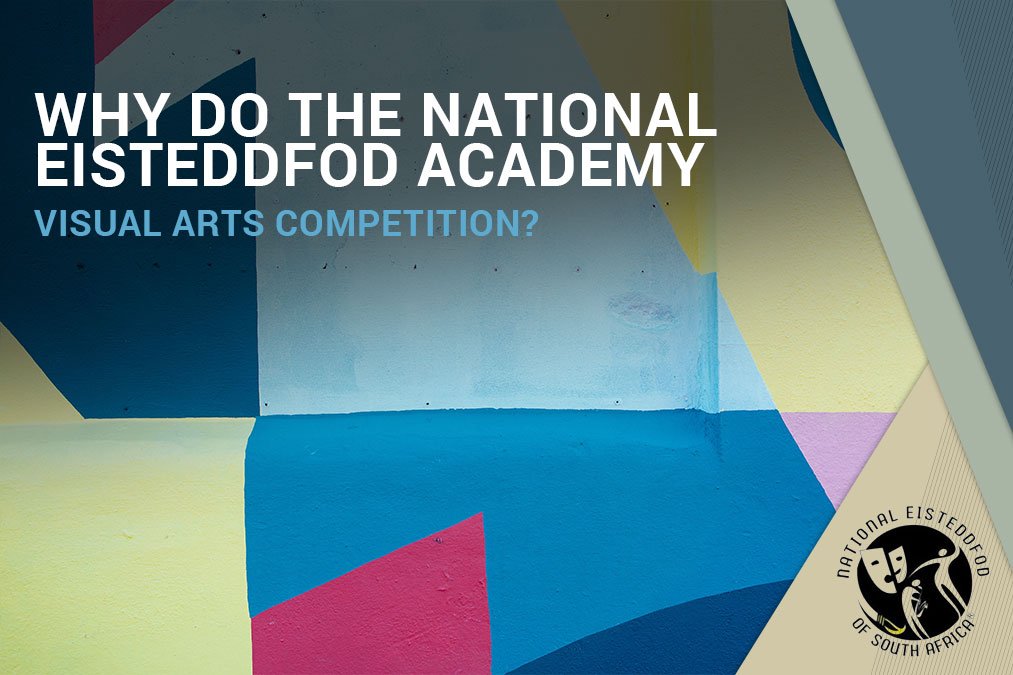No products in the basket.
Awards
Why do the National Eisteddfod Academy Visual Arts Competition?
At our school, we love entering the kids into the National Eisteddfod Academy (NEA) of South Africa competition. We believe it teaches them vital skills not only for art but skills that are essential to succeed in life. We will get into those skills shortly, but another reason for us being passionate about the NEA Visual Arts Competition is because it played a major role in our founder Lillian Gray’s life.
Lillian was raised in the rural West Coast of South Africa, without any electricity and the art world was…well…non-existing. Her Primary school, 15km on dirt track situated in the next town, exposed Lillian to the first NEA competition. In Gr 5 a judge of the NEA bought Lillian’s first drawing. He was so enamored with her charcoal work that he just had to own it. This gave Lillian a lot of confidence and she realised that a career in the art could be possible after all.
Throughout her school career, Lillian won several Eisteddfod awards and she built an impressive Art CV for a school kid. In her matric year, she won the National Eisteddfod of arts for her region. This together with all the art awards throughout her school career gave her the scholarship to study art at the University of Stellenbosch.
So maybe your child doesn’t want to be a full-time artist and maybe they won’t need the scholarship to go study. What are the benefits of Eisteddfod then?
Teaches Perseverance
Learning any new skill can be challenging. But art is magical in a sense. When you make a mistake you can always fix it. This is great for kids to learn how to deal with perfectionism as well as how to persevere. To keep going even though the nose is skew or the eye is too big. Working on an Eisteddfod project can take up to 6 weeks, 1 lesson per week.
This really helps the kids to develop perseverance. They break through to a higher standard of work. Once they reach ‘that level’ they are so chuffed and excited. They are proud of the fact that they have reached a new height and worked for it. This skill will truly assist them in life, no matter what job they end up doing or challenges they face.
Opportunity to learn how to deal with success and failure.
This experience allows teachers and parents the opportunity to guide participants to deal with success and failure within a safe and child-centred environment.
Developing Abstract thoughts
The kids need to learn how to combine the Theme they have chosen with the medium they want to create in. This requires abstract thoughts eg if the theme is “Save my planet,” how could that translate into a sculpture? Maybe a whale built out of discarded plastic would
Teaches effective Visual Education
Some of the themes are complex and kids have to distil what they would like to depict into one strong unified message. Asking kids “What makes South Africa great?” they will shout out a myriad of options Big 5! Table Mountain! The sea! Proteas! Sport! or whatever they connect within our beautiful country. They need to combine these ideas to work as a unit in one visual image or decide which aspects to discard. We all know the saying “Less is more.” This teaches them to communicate clearly visually and decide what their core message is.
Planning, planning and planning.
Lillian always says “Great art takes planning” The Eisteddfod competition takes a lot of planning and brainstorming. Lillian spends 15 minutes with each kid brainstorming their ideas. The kids need to do scamps (a quick thumbnail drawing) of their ideas planning their composition. Next up is planning the mediums and how they want to approach the piece of art. What will they need? Are they going to start with the background or the foreground? When is the best time to add the dark colours? Planning ahead is such a great life skill and can be used in all spheres of life.
Opportunity to grown and excel nationally.
The first round is regionals. Participants that receive diplomas or junior diploma awards for their artworks in the regional National Eisteddfod events, qualify to be invited to compete in the annual Young Performer Awards Competition that is proudly presented annually by the National Eisteddfod Academy.
These are just some of the skills this art competition will develop within your child. Lillian has also written an article on more benefits for teaching kids art. Read Raise Smart Kids – let them do art here.
A bit of History about the National Eisteddfod
Eisteddfod was developed many moons ago as a Barbic Celtic tradition in the 12th century. The first Eisteddfod was held in 1176, under the patronage of Lord Rhys, in his castle in Cardigan. He invited poets and musicians from all over the country and awarded a seat at the royal table to the best poet and musician, a tradition that has carried on to the present day. The word Eisteddfod means eistedd, “sit”, and bod, meaning “be”. We like thinking of it as “my place to sit, stand out and be honoured.”
The Eisteddfod as the competition was formalised in Scotland and spread to England. Only in 1997 after the fall of Apartheid was this competition brought to South Africa. The NEA South Africa was registered as a Non-profit. Since 1997, close to 400,000 youths were involved in the various activities of the NEA SA.
So you’ve made up your mind and the kids are going to participate. Well, head on over to the next blog post. The NEA’s Prospectus and rules for 2019’s entries.

